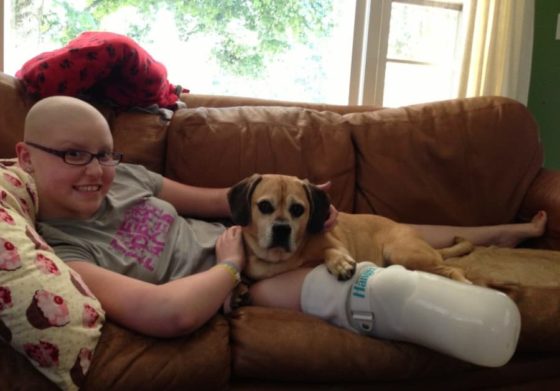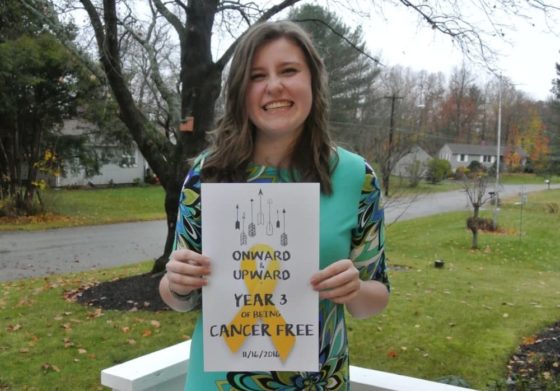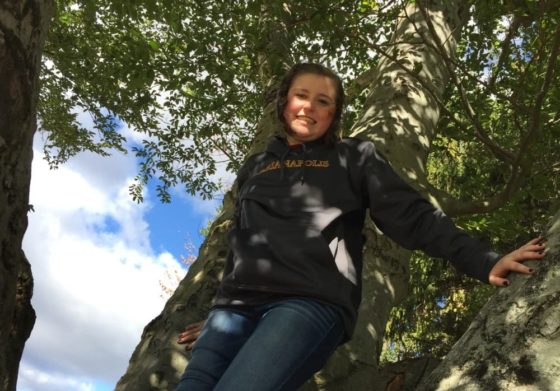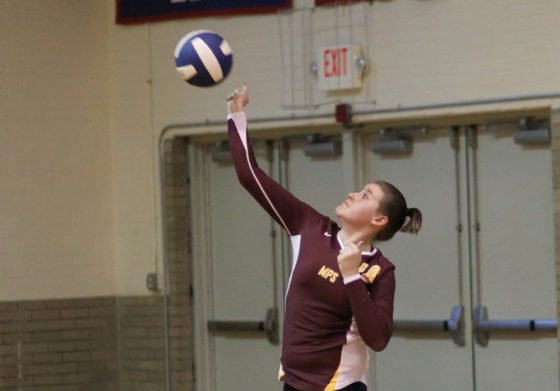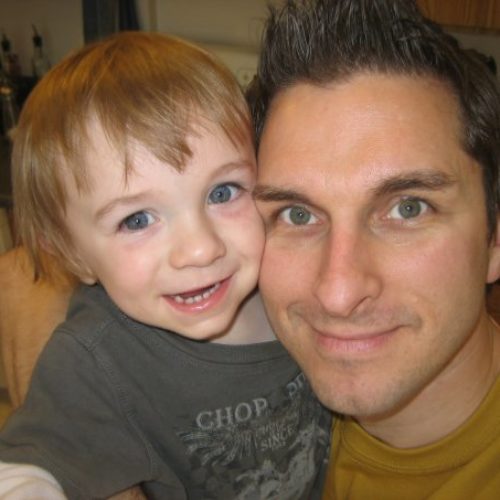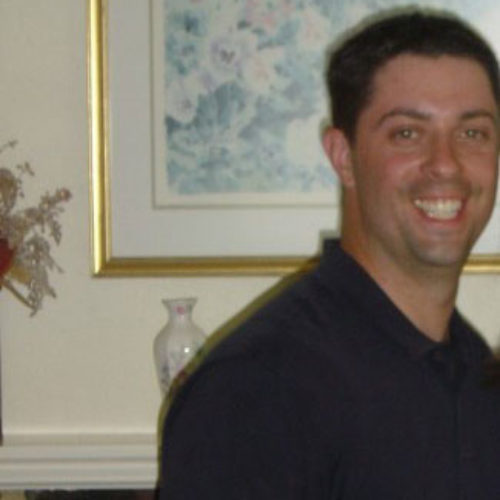When I was 11, two of my favorite things were basketball and softball.
Right before Christmas, I started getting a really bad pain in my ankle. I was used to getting injuries. It was kind of a joke in my family that I was always accidentally hurting myself, so I brushed it off. But the subtle pain persisted and then got worse. It started hurting all the way up my calf, and when my calf got really swollen, I finally told my parents and coach. We thought I had fallen and sprained my ankle or something, a regular occurrence for me, and decided to rest and keep an eye on it.
Over Christmas break, the swelling went down and the pain got better. It seemed like taking a break from basketball had worked. But when I went back to playing, the pain returned. My ankle swelled, and it got worse really quickly. I remember thinking that this was weird, that it was fine and now all of a sudden it’s not. Usually if something heals, it doesn’t go back to being bad. Soon I could barely walk, and my parents decided it was time to see a doctor.
You know your body best and will be able to tell if something is “off.”
My pediatrician examined me and took an X-ray, but said that everything seemed fine. His theory was that I pulled a muscle, so he advised me to take some Tylenol and rest, and sent me home. In my gut, I knew this was different from other sports injuries I’d had, but I didn’t speak up. I figured I would wait and see if the pain subsided again.
The next day, my parents showed up at school and pulled me out of class. They explained that a radiologist had looked at my X-ray that morning and was concerned by a tiny spot she noticed on my ankle. So, they were sending me to a specialist to do more tests, including an MRI. A few days later, my parents came into my room crying. They told me I had cancer. I didn’t know what to think—didn’t cancer only happen to adults who smoke and do bad stuff? I was just a kid.
I started treatment with six rounds of week-long chemotherapy. That shrunk the tumor enough so that it wasn’t painful, but it was still touching two nerves and part of an artery. I had two choices: remove the tumor and the nerves it was attached to, resulting in drop-foot (not the best option for a 12-year-old who wants to keep playing basketball); or amputate below the knee. I chose amputation so that I could still play sports. Surgery was followed by 11 more rounds of chemotherapy.
Finally, almost a year after diagnosis, I was pronounced cancer-free. I got my first prosthetic leg a few months after that, and continued healing and practicing my new walk for a year. Now I have a sports prosthetic that I basically wear all the time, and I play basketball and volleyball.
What I learned from my experience is, if you notice a change in your health, go to the doctor. You know your body best and will be able to tell if something is “off.” Make sure you tell your doctor about any pain or symptoms you have. It’s also really important to get to know your doctor and make sure you are comfortable with them. Speak up for yourself, and work with your doctor to figure out a diagnosis so you can get back to health (and basketball!) sooner.
Symptoms
- persistent pain in ankle
- pain migrated up to calf
- swelling in calf

